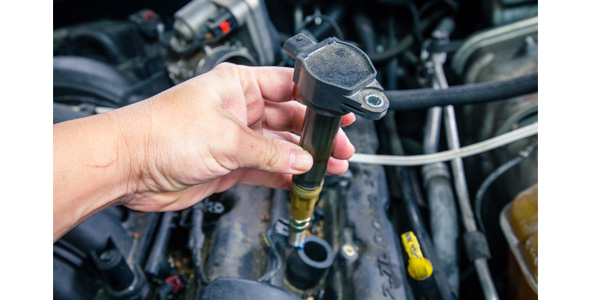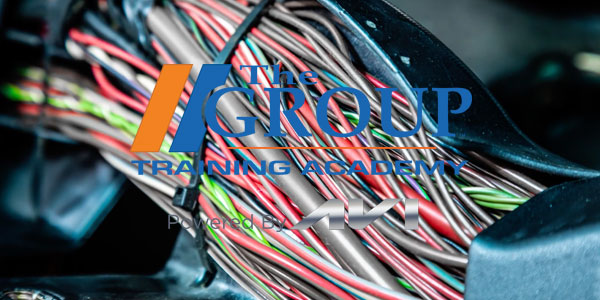
Like many aftermarket parts, ignition coils come in a wide variety of quality and price points. These choices provide our customer with options to fulfill their unique needs, and offer the parts specialist more options to make a profitable sale.
Alfred P. Sloan, who was president and CEO of General Motors for more than two decades, once stated that GM had “a car for every purse and purpose.” In other words, if you don’t need a Cadillac, why not take a look at our Chevy, or our Buick? Let’s face it: Not everyone needs, wants or can afford a Cadillac. The same is true for the parts on our shelves. Our product offerings are often viewed in terms of “good, better or best,” and we can use that to our advantage, working from both ends of the quality and price spectrum to find the right part for every purse and purpose.
An entry-level ignition coil, priced right for the economy-minded customer, is an appropriate choice for some situations. We all have had that customer who just needs something to get by until they “trade or sell the car,” although they never seem to make the switch. They accept the bare minimum, either through necessity or circumstance, or simply because they don’t see the value of spending any more money right this moment than absolutely necessary. To some, a vehicle is an appliance – a means to get from A to B – and nothing more. Economy parts serve this purpose well, and are necessary to a successful stocking strategy.
With an economy coil, the customer receives a part designed to meet the minimum requirements of their basic replacement need, usually with a price point that reflects the quality and longevity. By upselling the customer to your premium ignition coil, you aren’t just adding profit to your daily sales goal, but you’re also offering your customer a better-engineered, better-built product, and one that is designed to exceed their expectations. While some customers are focused on up-front costs, the premium ignition buyer tends to think more to the future. Even if they don’t understand exactly how the quality and quantity of copper windings affect performance voltage, or why certain materials insulate and isolate vibration better than others, they do understand that the features of a premium coil can afford them longer, more reliable performance, and save them money on future repairs.
While some customers may never see the long-term value in a premium ignition coil, our opportunity to upsell to a receptive customer can be easily presented as an appeal to their desire to maintain rather than just repair their vehicle. Misfires are more than just a nuisance or cause for an illuminated MIL; they can have a negative effect on fuel mileage, emissions and performance, and can be the first steps toward damage to the engine as well as the catalytic converter.
For those customers who see their vehicle as a major investment, it still may come down to controlling costs, but they’re more willing to pay a little more now for peace of mind later. For people who really enjoy owning and driving a vehicle, they may believe that nothing but the best is good enough for their “baby,” and for performance enthusiasts, sometimes only the very best technologies are sufficient to provide reliable spark to their supercharged, turbocharged or high-compression engines. Whatever the driving force behind their decision, our role is to assist them in making an informed and educated decision, at any price point they choose.











